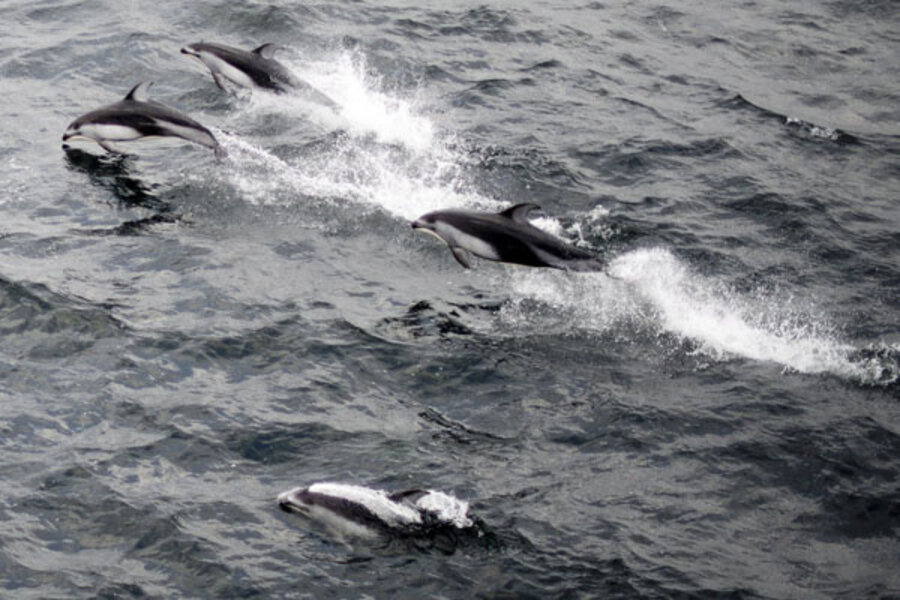Name that mammal: Researchers find new humpback dolphin species near Australia
Loading...
Humpback dolphins have the scientific community stumped.
A team of biologists have recently discovered a brand new species of the marine mammal, which is classified as a member of the genus Sousa and has a distinct hump under its dorsal fin. The discovery clears up a longstanding debate over the exact number of humpback dolphin species.
In the past, biologists had proposed the existence of three species, National Geographic reports. But after studying the genetics and physical features of more than 200 Sousa dolphins, researchers from the Wildlife Conservation Society and other groups say they have found a fourth, unnamed kind.
“Based on the findings of our combined morphological and genetic analyses, we can suggest that the humpback dolphin genus includes at least four member species,” said Dr. Martin Mendez, the study's lead author, in a press release. “This discovery helps our understanding of the evolutionary history of this group and informs conservation policies to help safeguard each of the species.”
Researchers say the discovery could help in preserving the animal.
New species information "provides the needed scientific evidence" for protecting the habitats and genetic diversity of the dolphin, said Dr. Howard Rosenbaum, senior author of the paper, in the release.
The International Union for Conservation of Nature lists the Atlantic humpback dolphin, a typically acknowledged species, as "vulnerable" – just one step below the "endangered" category.
There are about 36 species of oceanic dolphins, and establishing a new one is rare. But remarkably, this is the second oceanic dolphin discovery to surprise scientists in two years.
In 2011, Monash University researcher Kate Charlton-Robb discovered a new coastal dolphin species she named the Burrunan dolphin. She called the finding "incredibly fascinating" because only three new dolphin species had been officially recognized since the 1800s.
Oceanic dolphins fall under the delphinidae family, although they are often confused with the shorter, stouter porpoises of the Phocoenidae family.








